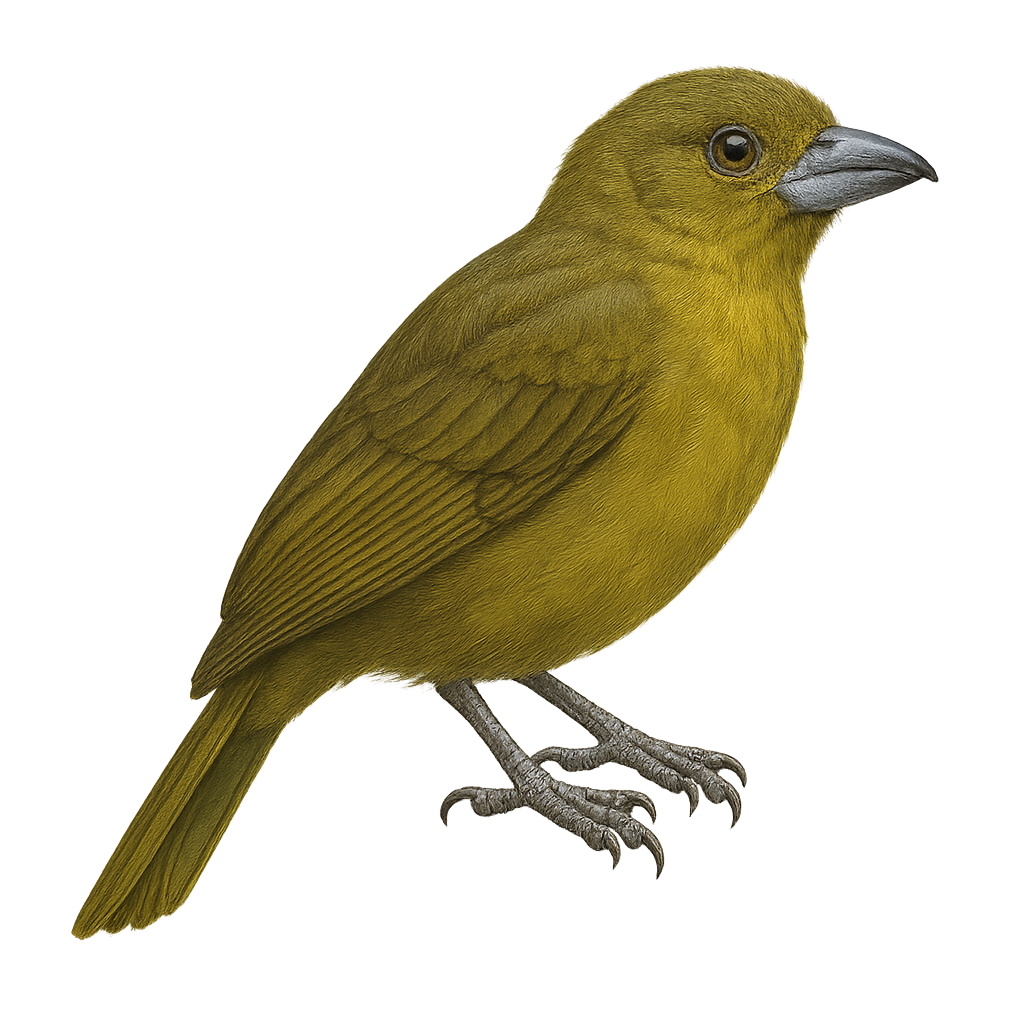Your wildlife photography guide.
Explore the carmiol's tanager in detail, study its behavior, prepare your shots.
Where to observe and photograph the carmiol's tanager in the wild
Learn where and when to spot the carmiol's tanager in the wild, how to identify the species based on distinctive features, and what natural environments it inhabits. The WildlifePhotographer app offers tailored photography tips that reflect the carmiol's tanager’s behavior, helping you capture better wildlife images. Explore the full species profile for key information including description, habitat, active periods, and approach techniques.
Carmiol's Tanager
Scientific name: Chlorothraupis carmioli

IUCN Status: Least Concern
Family: THRAUPIDAE
Group: Birds
Sensitivity to human approach: Suspicious
Minimum approach distance: 10 m
Courtship display: March to June
Incubation: 13-15 jours
Hatchings: March to July
Habitat:
Humid forests, wooded areas, canopies
Activity period :
Primarily active during the day, with peak activity in the morning and late afternoon.
Identification and description:
The Carmiol's Tanager is a medium-sized bird, measuring about 18 cm in length. It features primarily olive-green plumage, with darker shades on the wings and tail. Its head is marked by a grayish cap, and it has a robust, slightly hooked beak suited for its varied diet. This bird primarily feeds on fruits, insects, and small invertebrates. It is mainly found in the humid forests and wooded areas of Central America, particularly in Costa Rica and Panama. The Carmiol's Tanager is often seen in small groups, actively moving through the canopy in search of food. Although not considered threatened, deforestation poses a potential threat to its natural habitat.
Recommended lens:
400 mm – adjust based on distance, desired framing (portrait or habitat), and approach conditions.
Photography tips:
To photograph the Carmiol's Tanager, focus on humid forests where it is most active. Use a 400mm lens or longer to capture precise details without disturbing the bird. Be patient and discreet, as this bird is suspicious. Look for it in the canopy, where it often moves in small groups. The natural light of the morning or afternoon is ideal to highlight the shades of its plumage. A tripod can be helpful to stabilize your camera in the low-light conditions of the understory.
The WildlifePhotographer App is coming soon!
Be the first to explore the best nature spots, track rutting seasons, log your observations, and observe more wildlife.
Already 1 430 wildlife lovers subscribed worldwide

